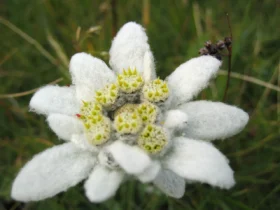Lavender is one of the most beautiful flower species in Europe, with its captivating scent and vibrant purple blossoms, has been revered for centuries for its therapeutic and aromatic qualities.
Lavender images
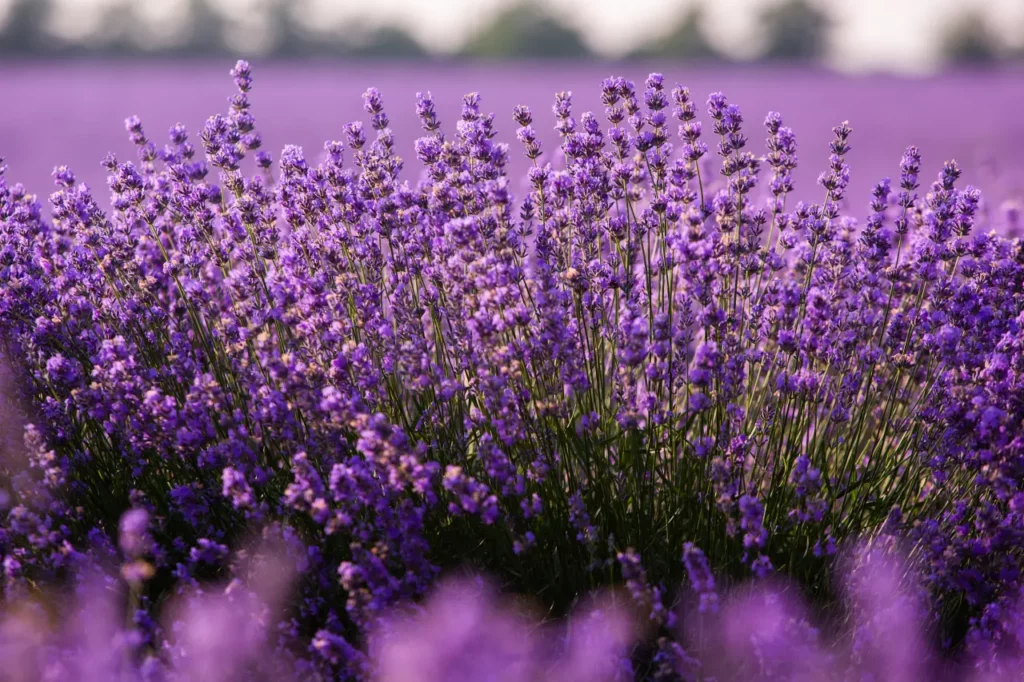
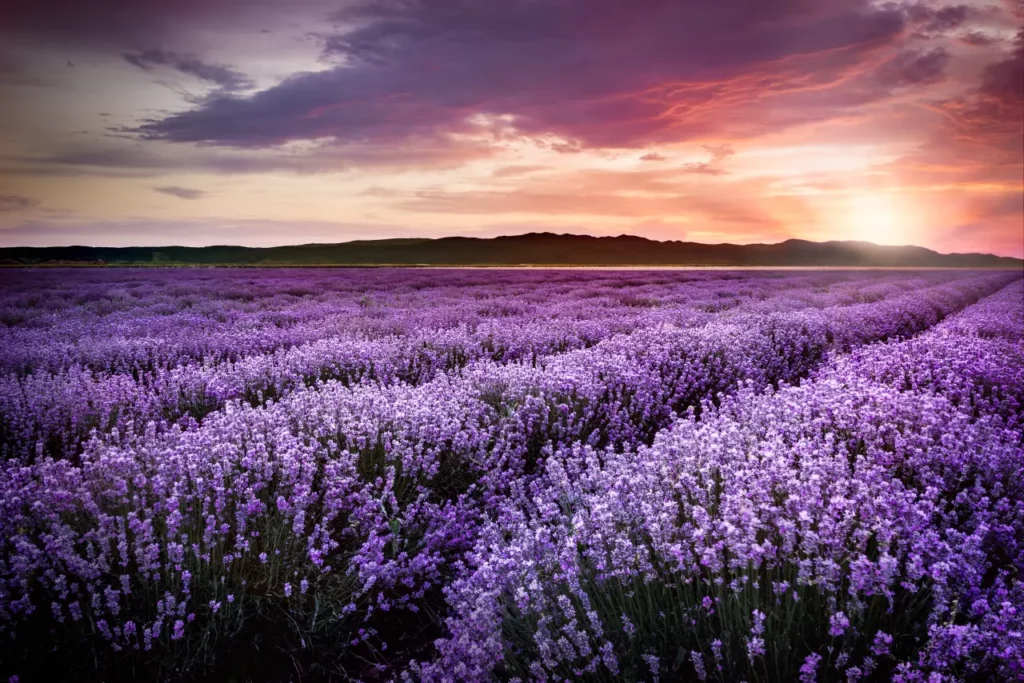
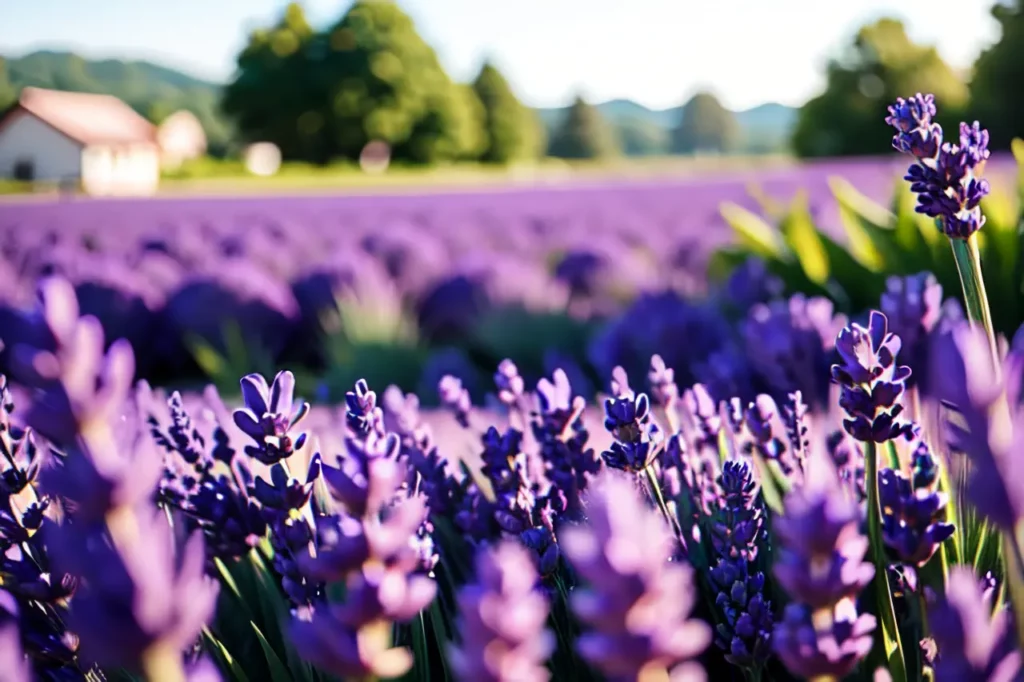
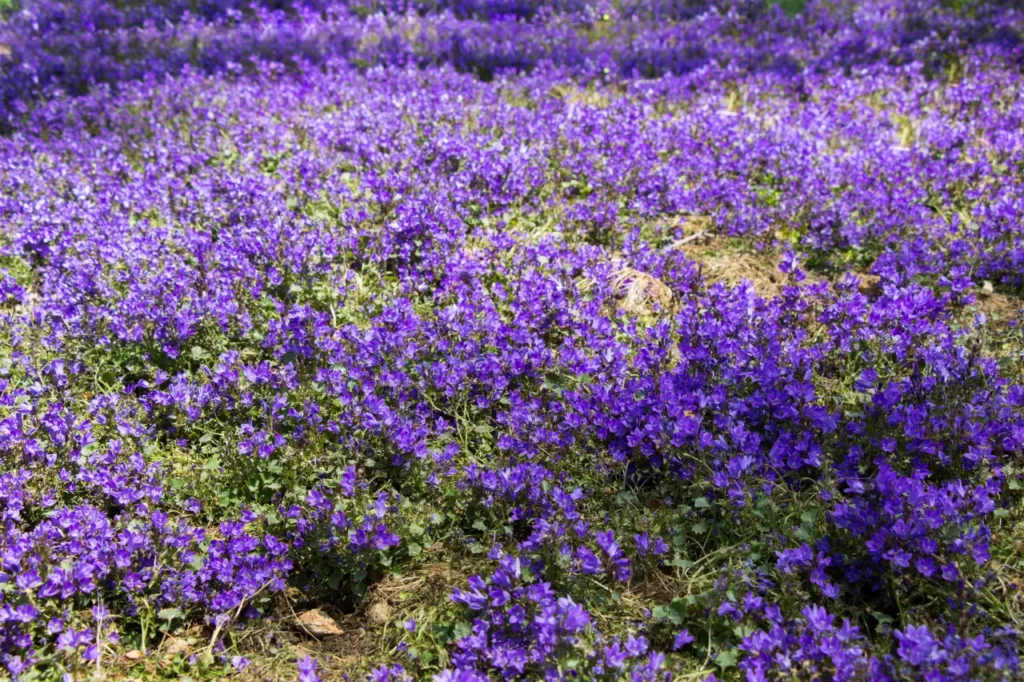
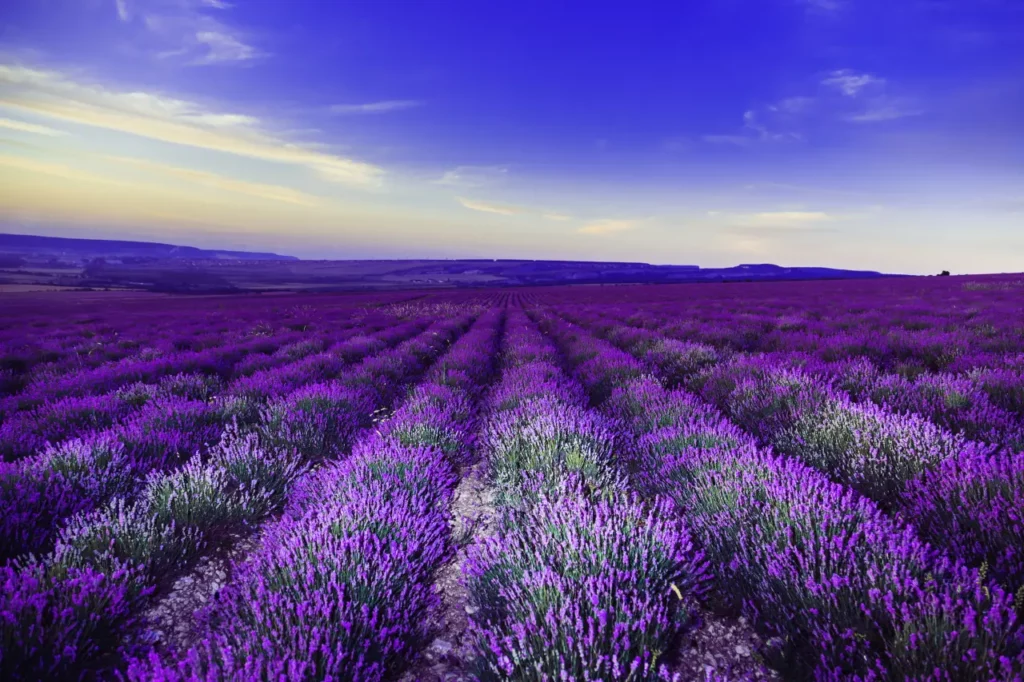
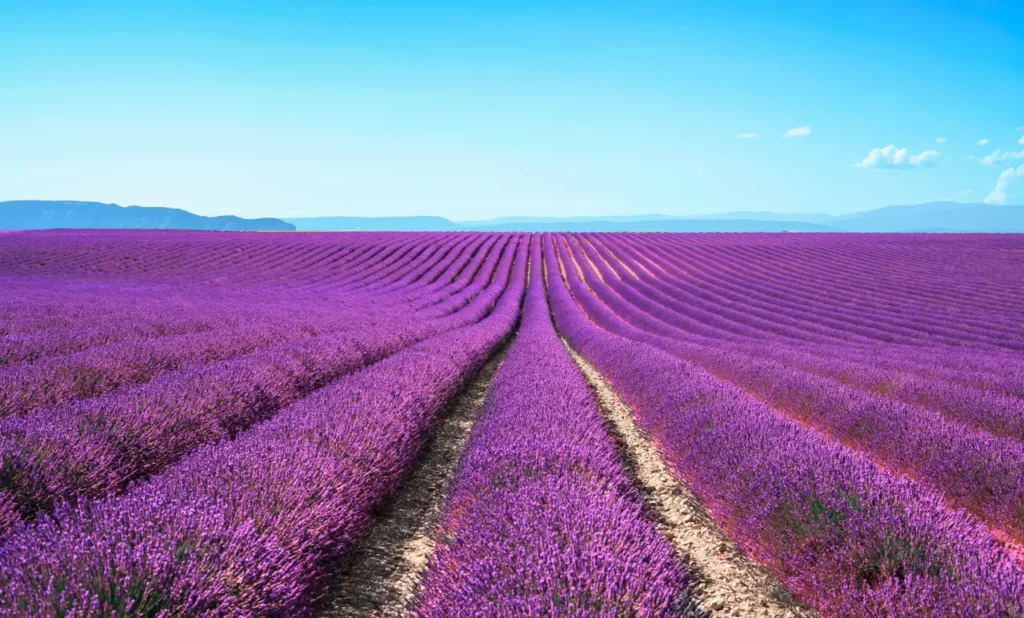
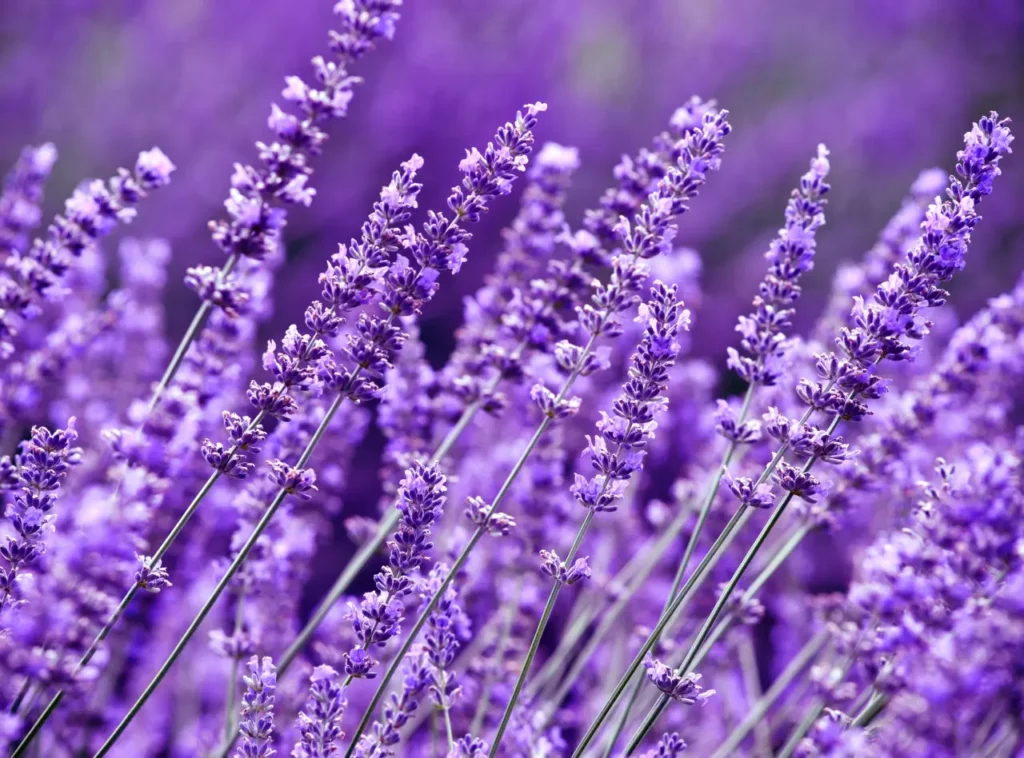
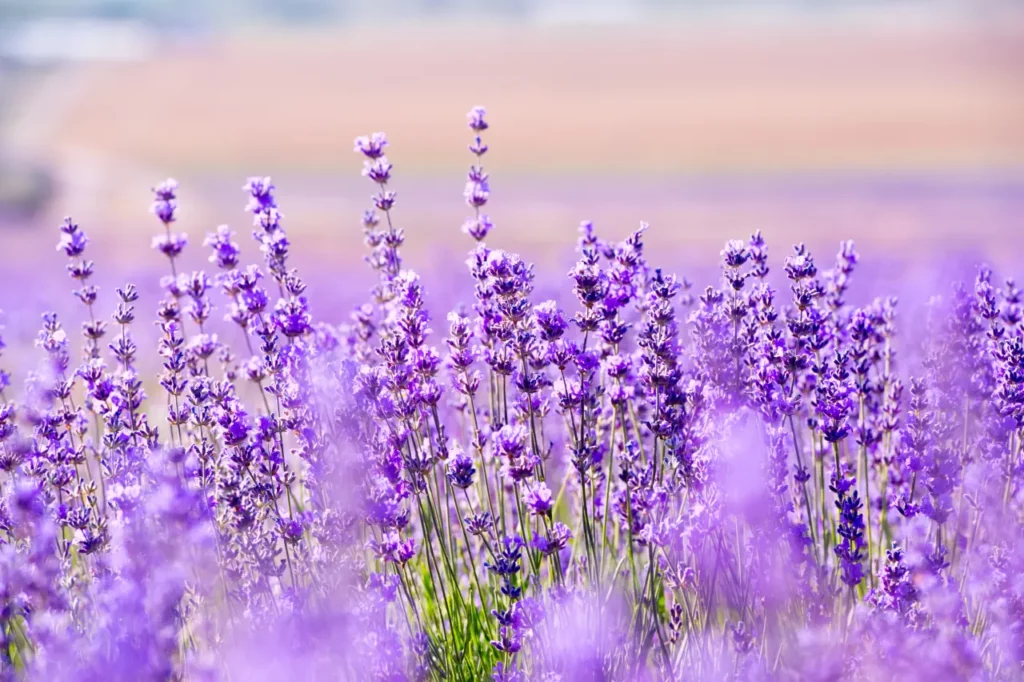
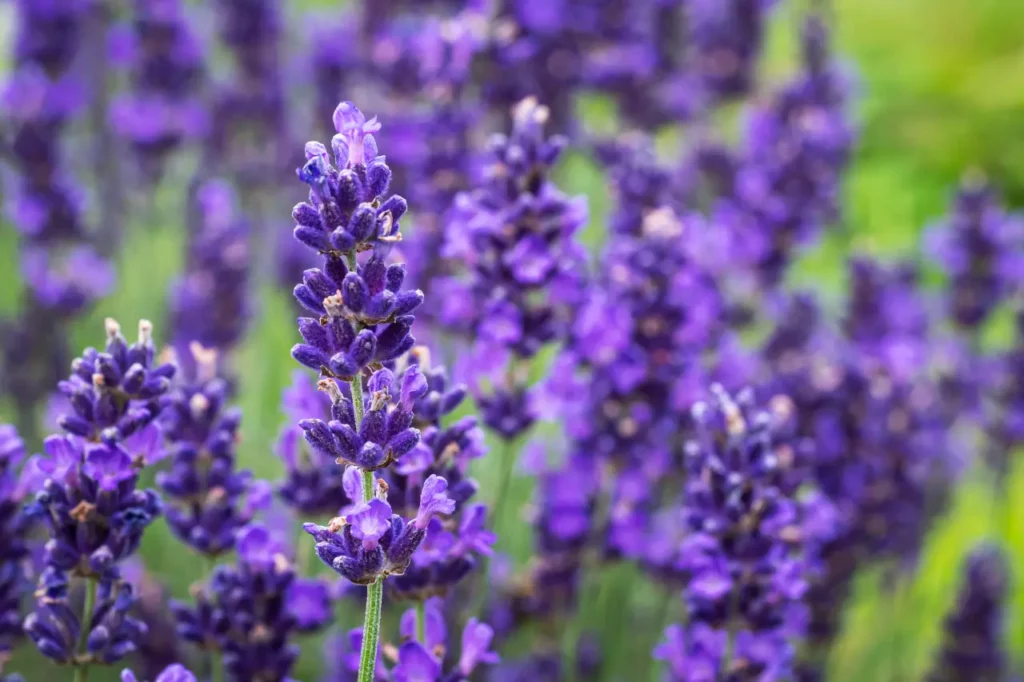
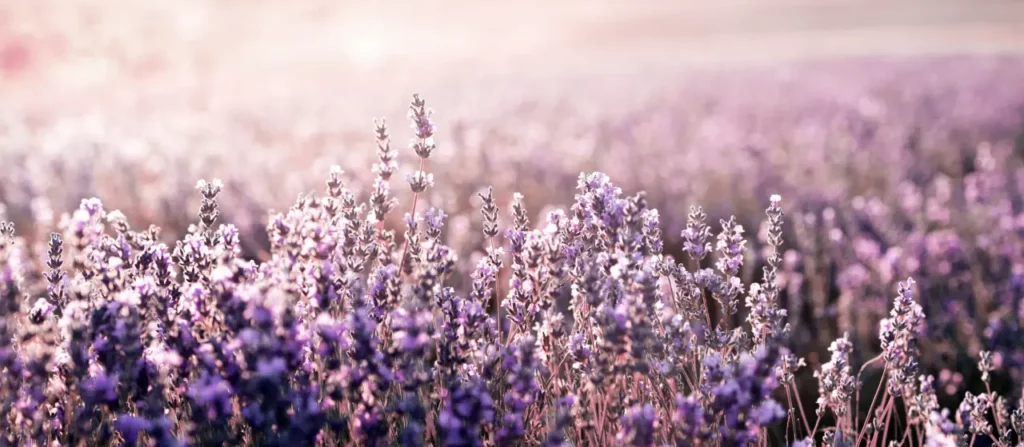
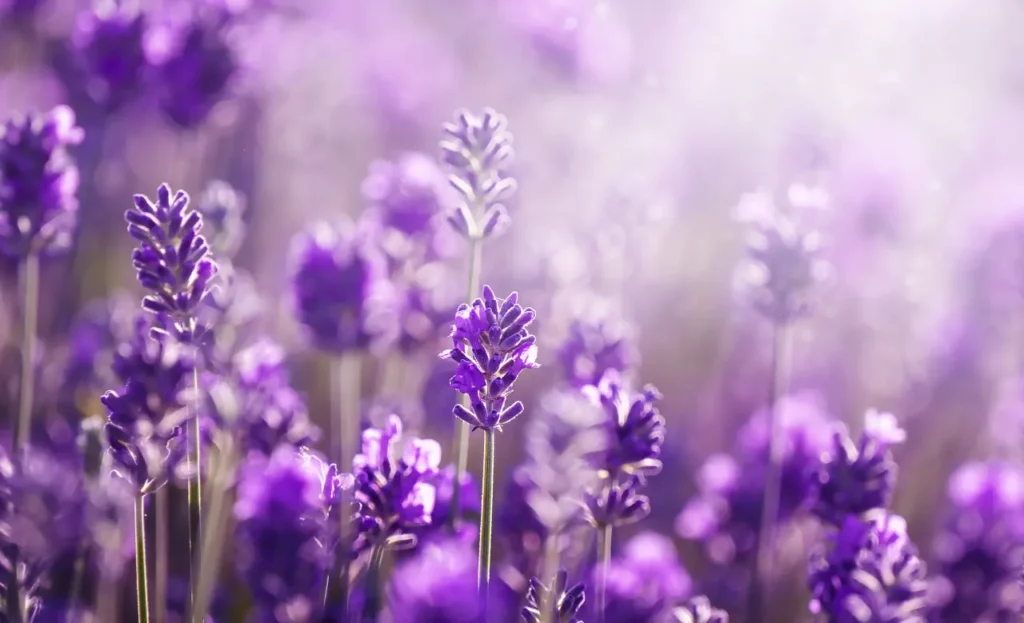
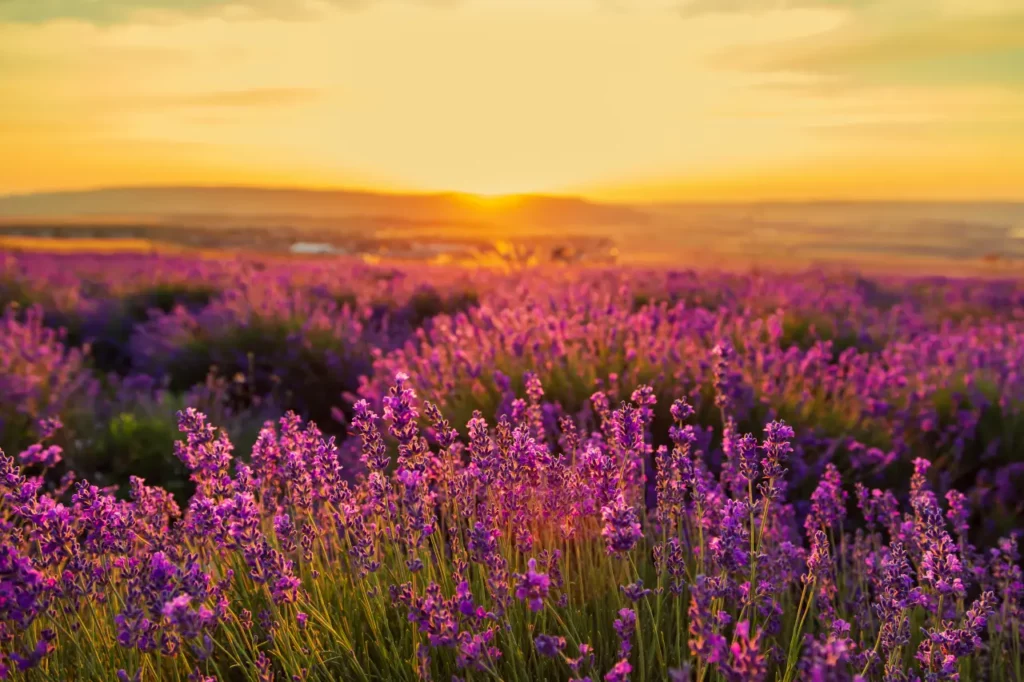
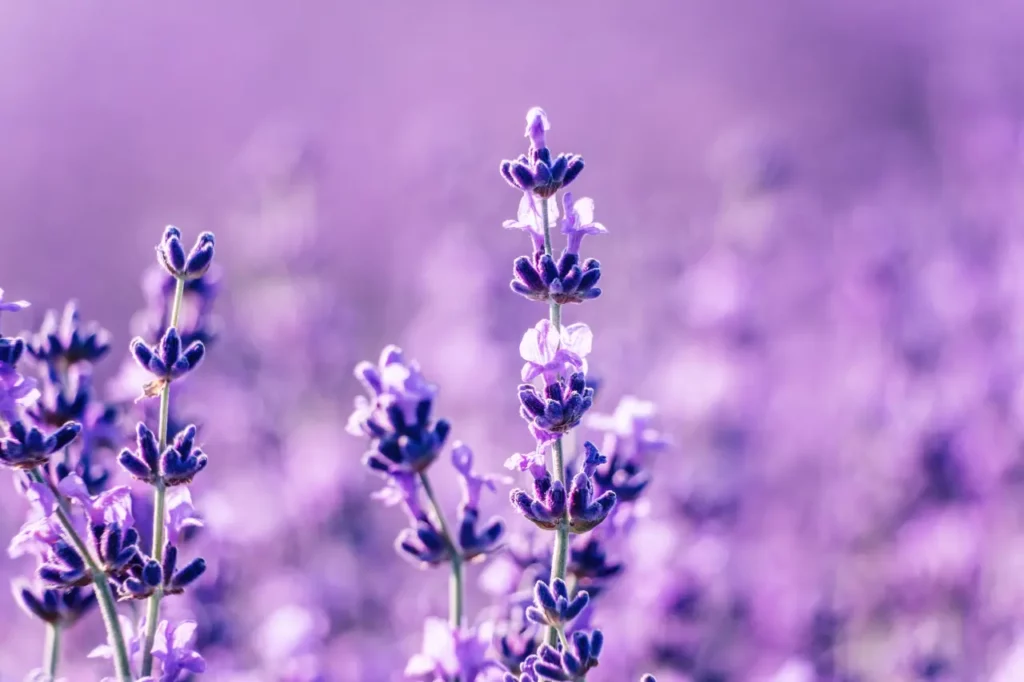
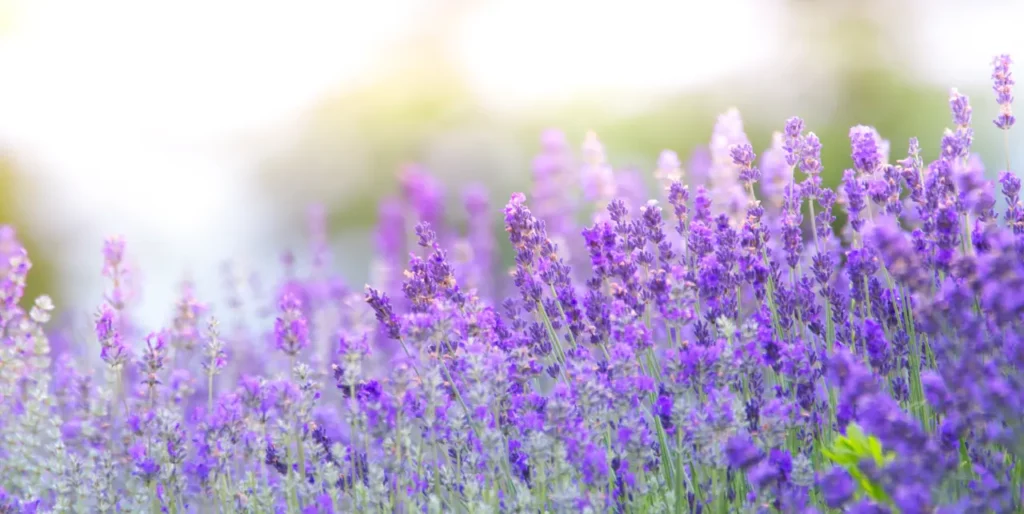
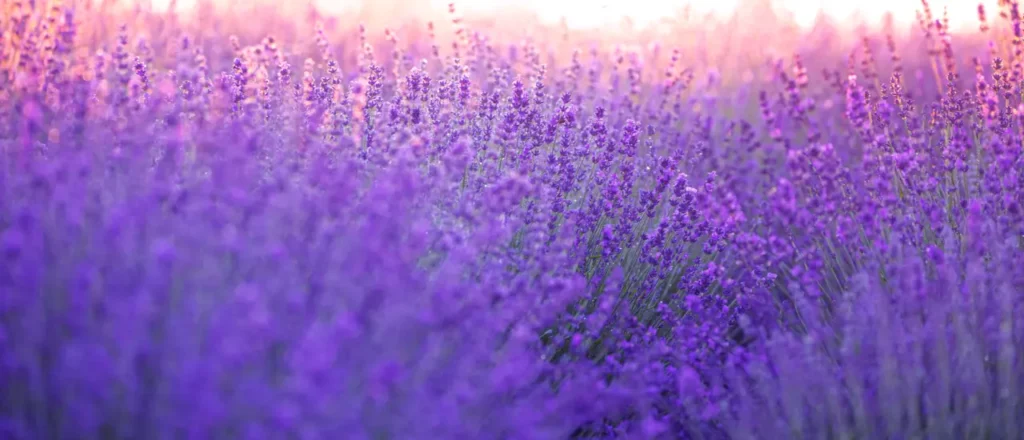
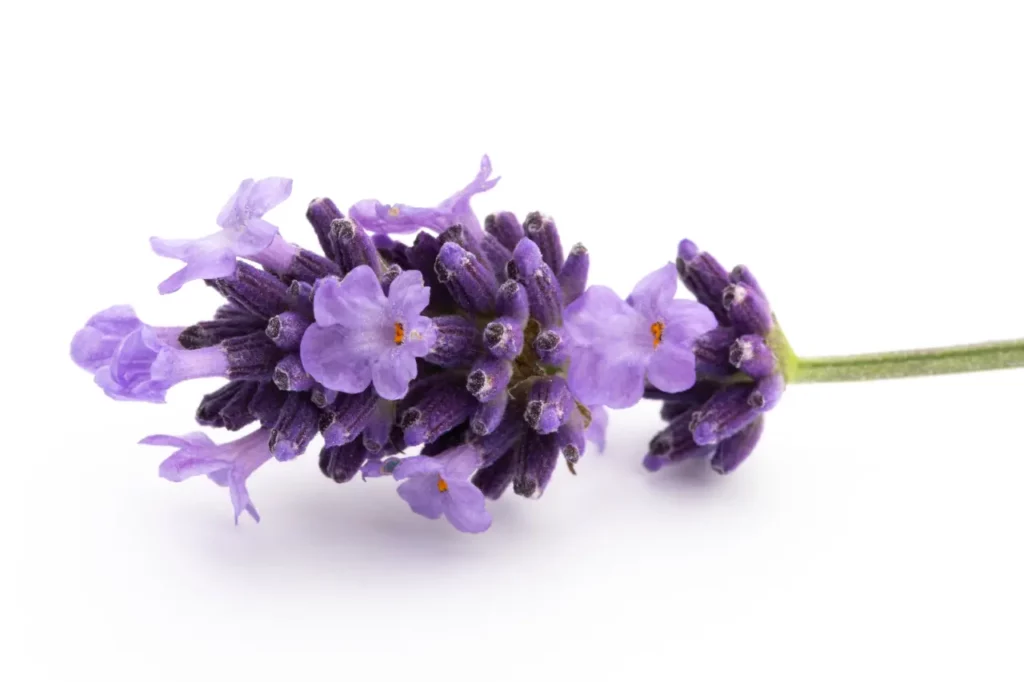
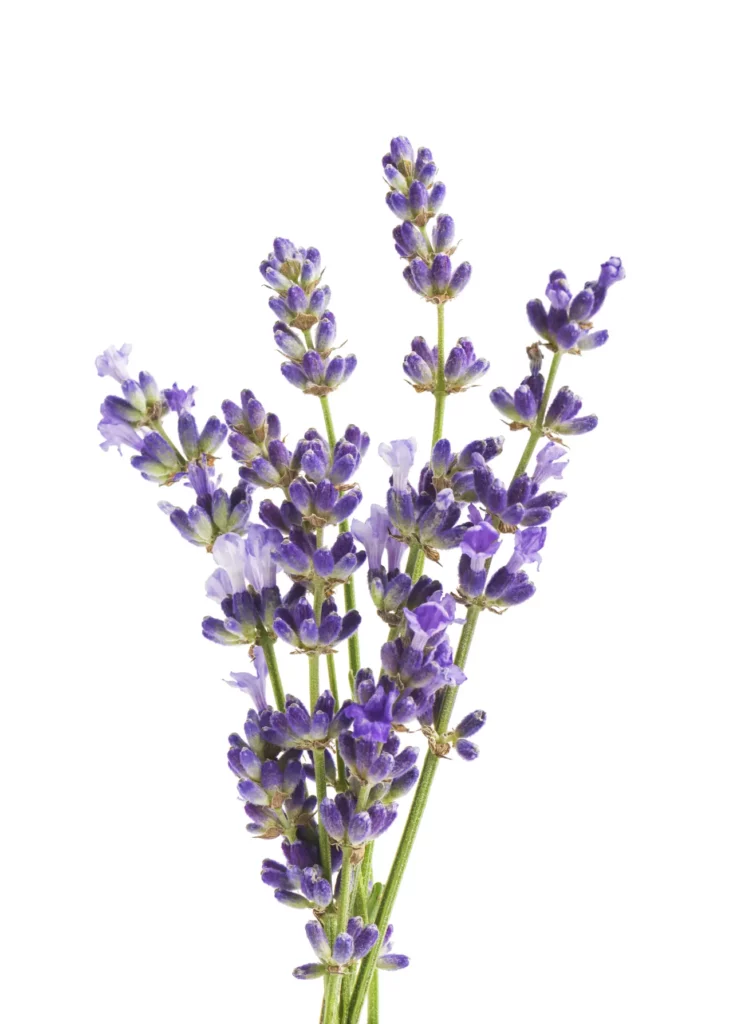
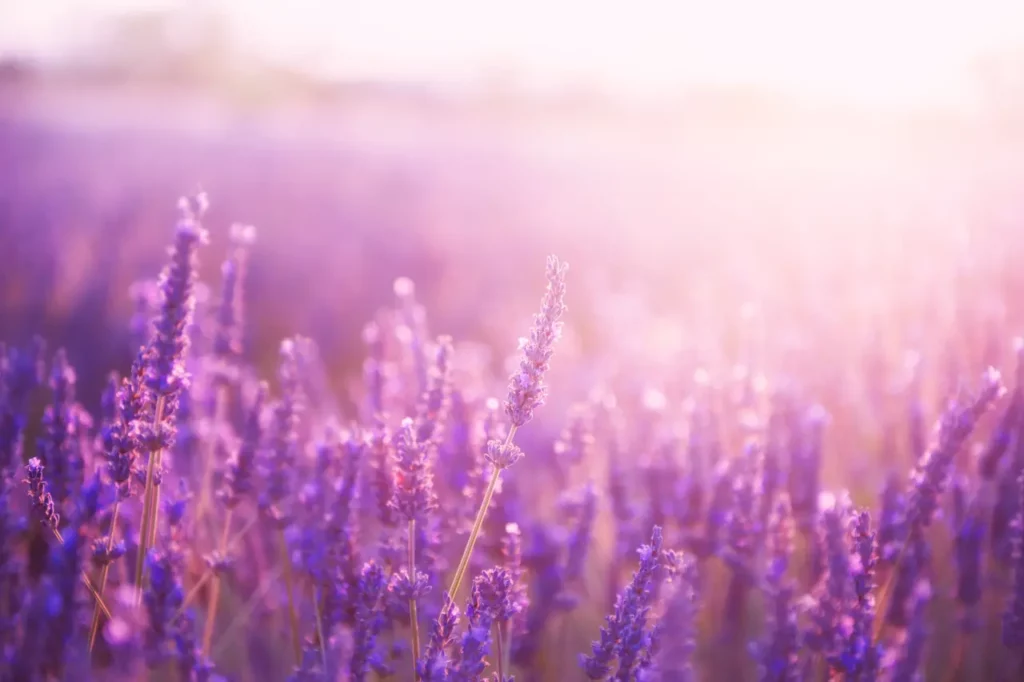
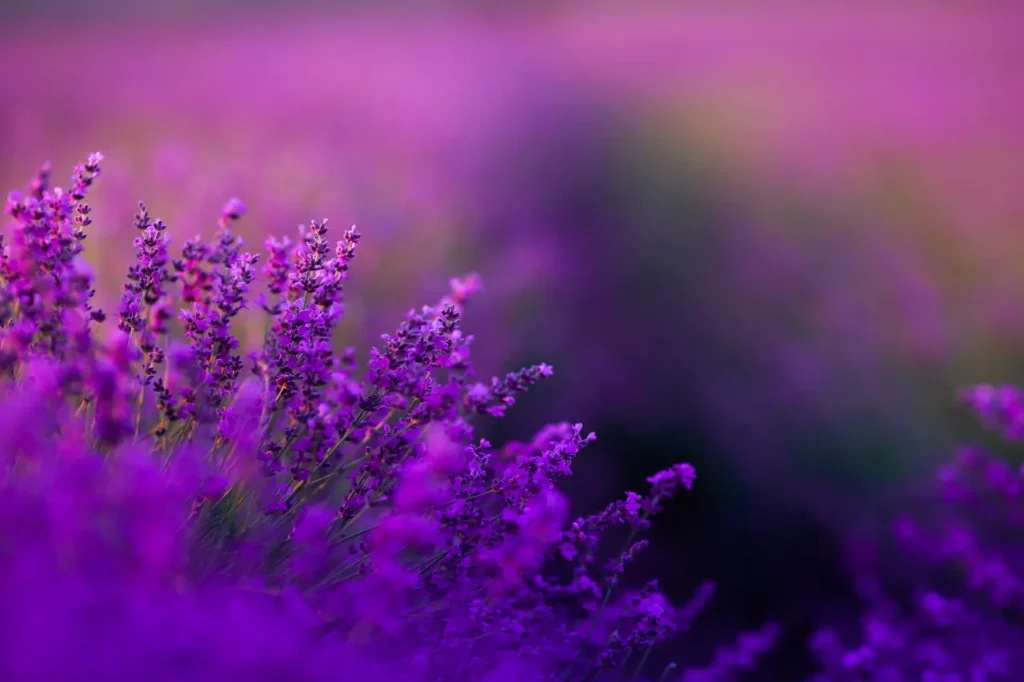
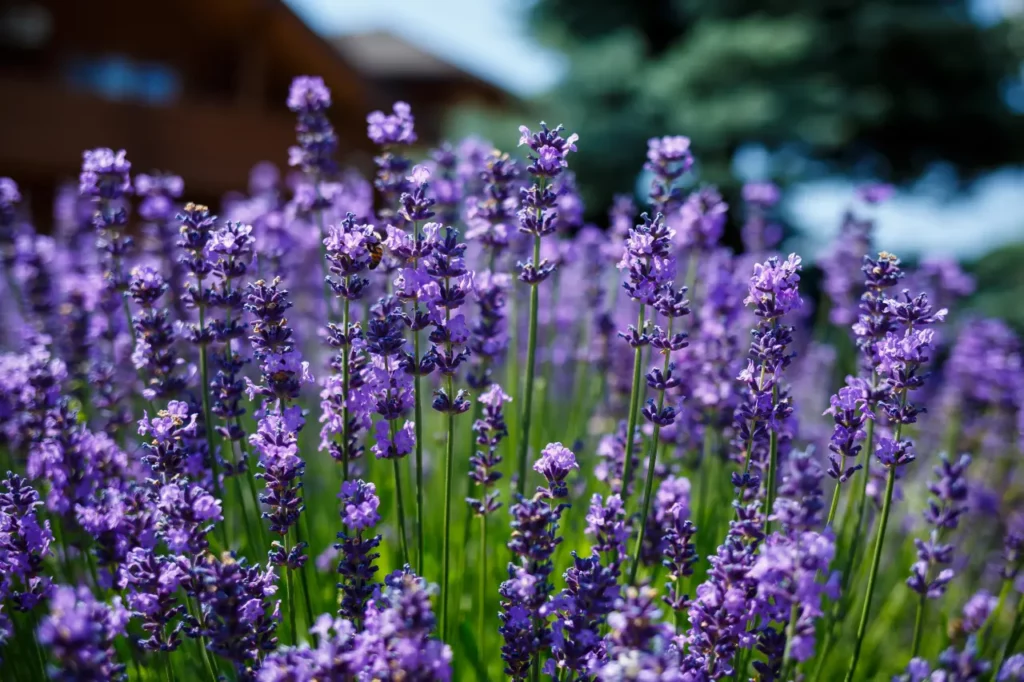
This versatile herb, scientifically known as Lavandula, is native to the Mediterranean region and has found its way into various aspects of human life, from perfumes and beauty products to culinary delights and medicinal remedies. Let’s delve into the fascinating world of lavender and explore the many ways this remarkable herb enchants our senses and benefits our well-being.
Aromatic Delight
One of lavender’s most captivating attributes is its intoxicating fragrance. The distinctive floral and herbaceous scent of lavender has a calming and soothing effect on the mind, making it a popular ingredient in aromatherapy. The mere presence of lavender can help alleviate stress, anxiety, and insomnia, promoting a sense of relaxation and tranquility. Its aromatic properties are often harnessed in the form of essential oils, candles, soaps, and sachets, infusing homes and personal spaces with a soothing ambiance.
Culinary Adventures
Beyond its olfactory allure, lavender offers a unique flavor profile that has gained popularity in the culinary world. Its delicate floral notes can enhance both sweet and savory dishes, providing a subtle yet memorable twist. Lavender-infused recipes have found their way into the kitchens of creative cooks and bakers, who use the herb to add a touch of elegance to cakes, cookies, ice creams, teas, and even savory dishes like roasted vegetables or grilled meats. However, it’s important to use culinary-grade lavender to ensure the best taste, as some varieties may be too pungent for consumption.
Health and Wellness Benefits
Lavender possesses numerous health benefits that have been recognized for centuries. Its essential oil is renowned for its anti-inflammatory, antibacterial, and antifungal properties, making it a valuable natural remedy for a range of ailments. When applied topically, lavender oil can help soothe minor skin irritations, burns, and insect bites. It is also commonly used in massage therapy to promote relaxation and alleviate muscle tension. In addition, lavender aromatherapy has been shown to aid in reducing headaches and migraines, improving sleep quality, and alleviating symptoms of anxiety and depression.
Gardens and Landscapes
Lavender’s beauty extends beyond its aromatic and medicinal properties. With its striking purple flowers and slender, silvery-green leaves, lavender is a popular choice for gardeners and landscape designers alike. It thrives in well-drained soil and sunny locations, making it a resilient and low-maintenance plant. Lavender gardens not only add a splash of color and texture to landscapes but also attract pollinators such as bees and butterflies, contributing to biodiversity and ecological balance.
Lavender, with its captivating aroma, delicate flavor, and medicinal properties, is a beloved herb that has captivated human imagination for centuries. Whether it’s used in aromatherapy, culinary creations, skincare products, or as an ornamental plant, lavender continues to bring beauty and well-being into our lives. From its soothing effects on the mind to its ability to elevate our sensory experiences, this versatile herb is a testament to nature’s abundant gifts. So, next time you encounter the enchanting scent or vibrant hue of lavender, take a moment to appreciate the wonders it has to offer.
